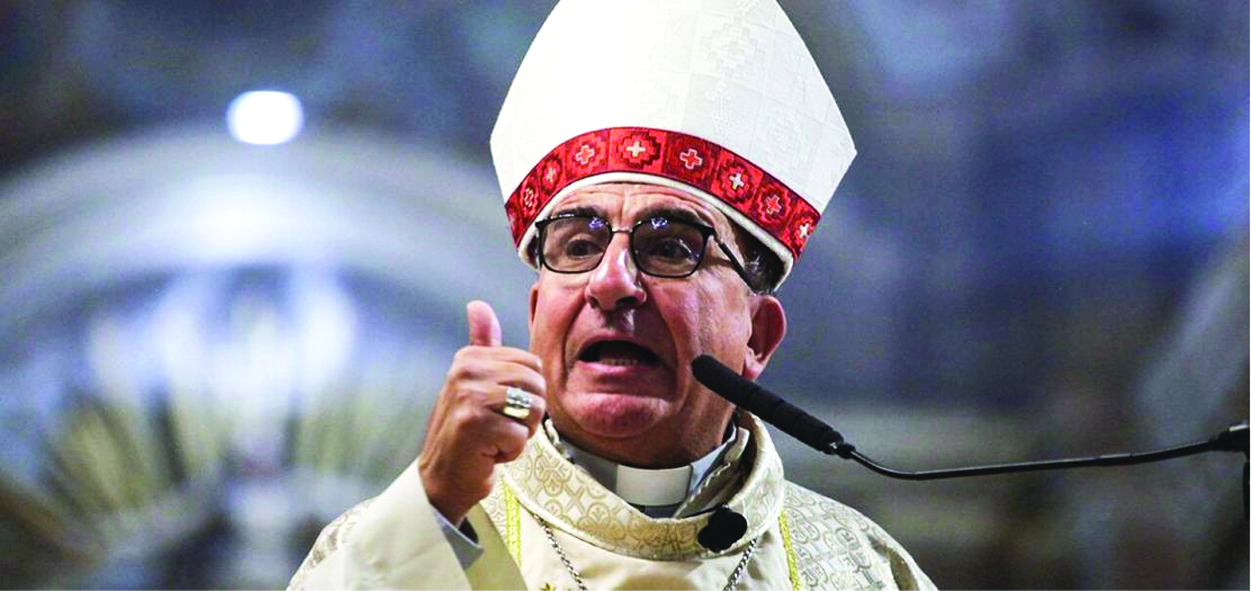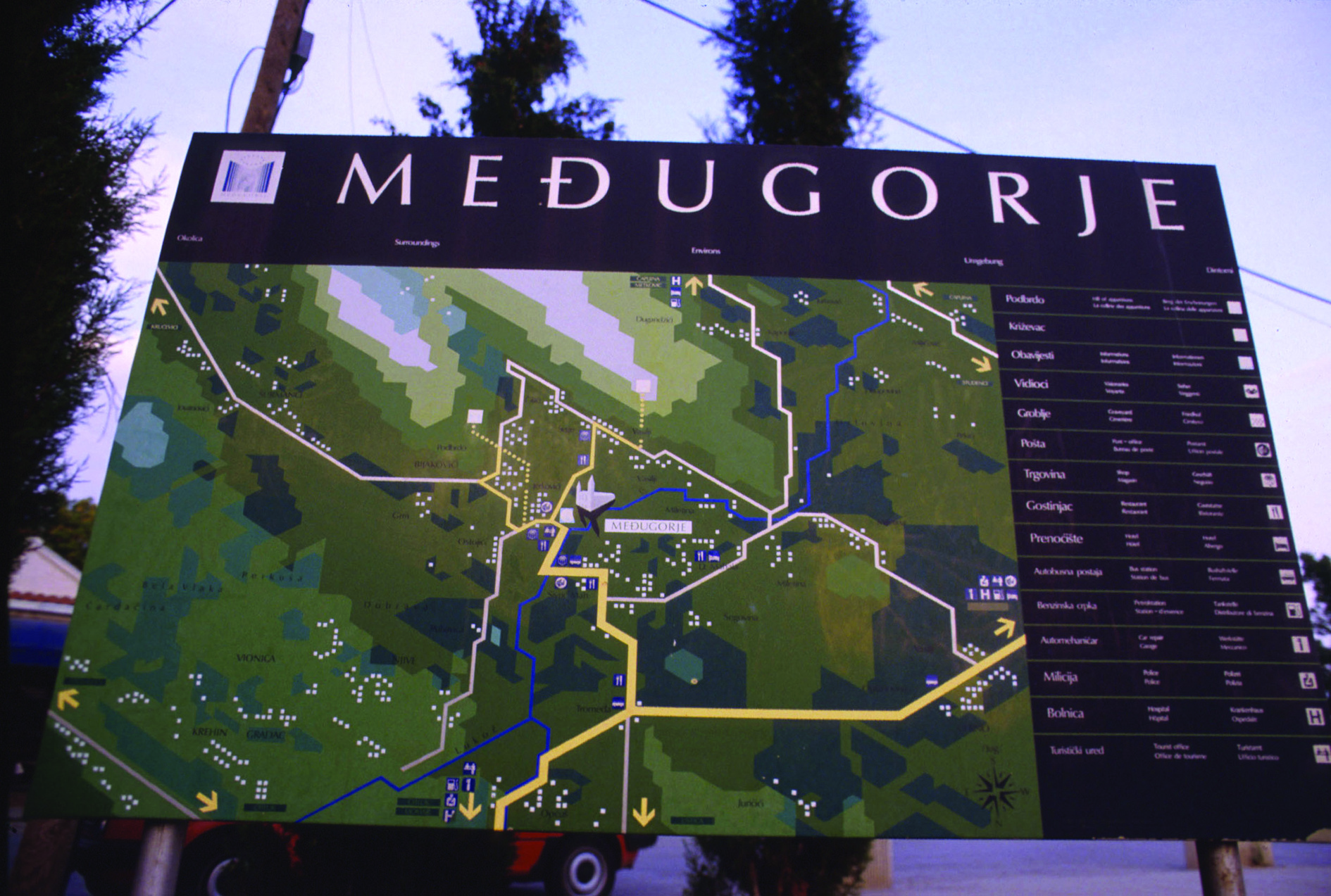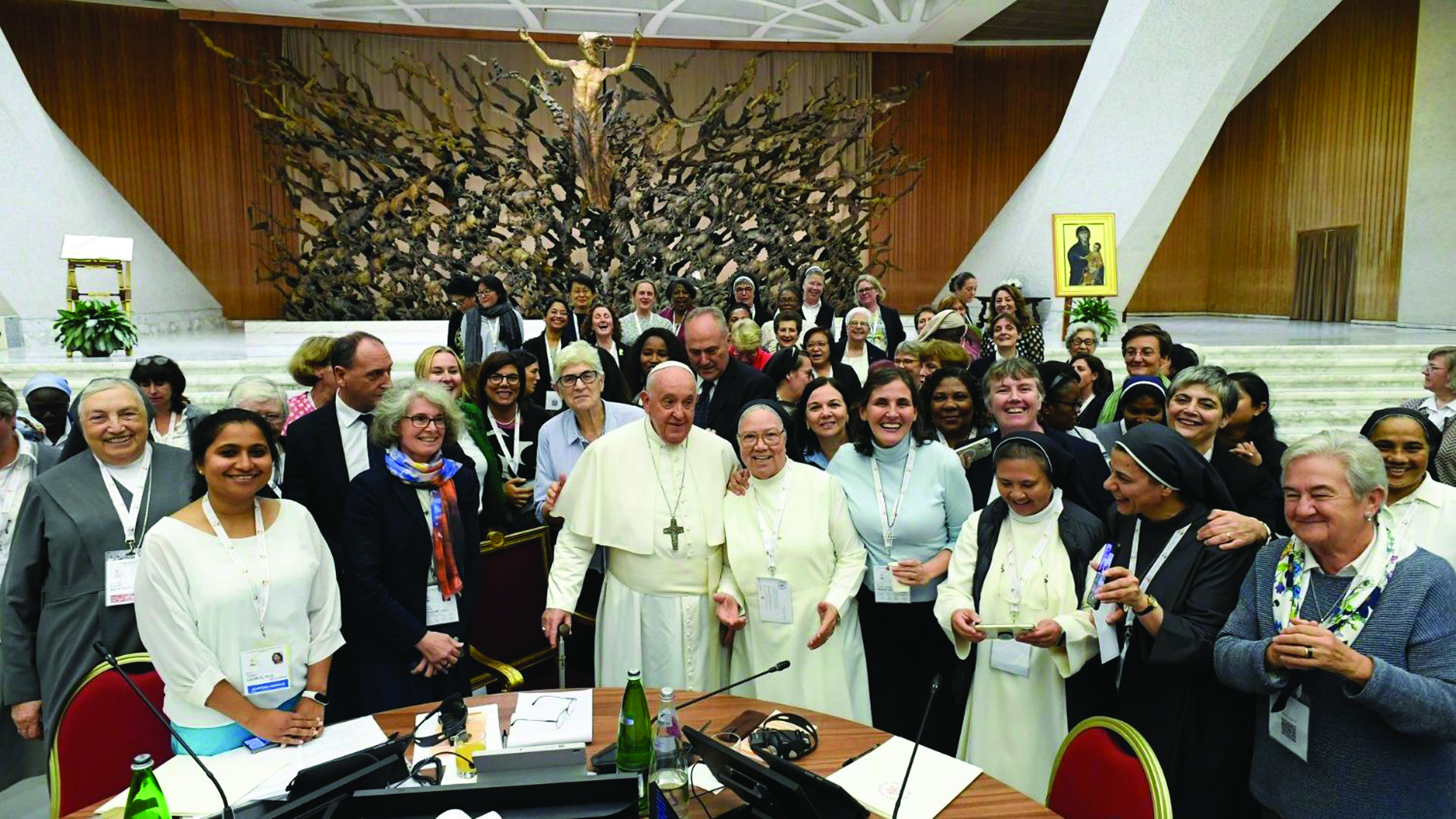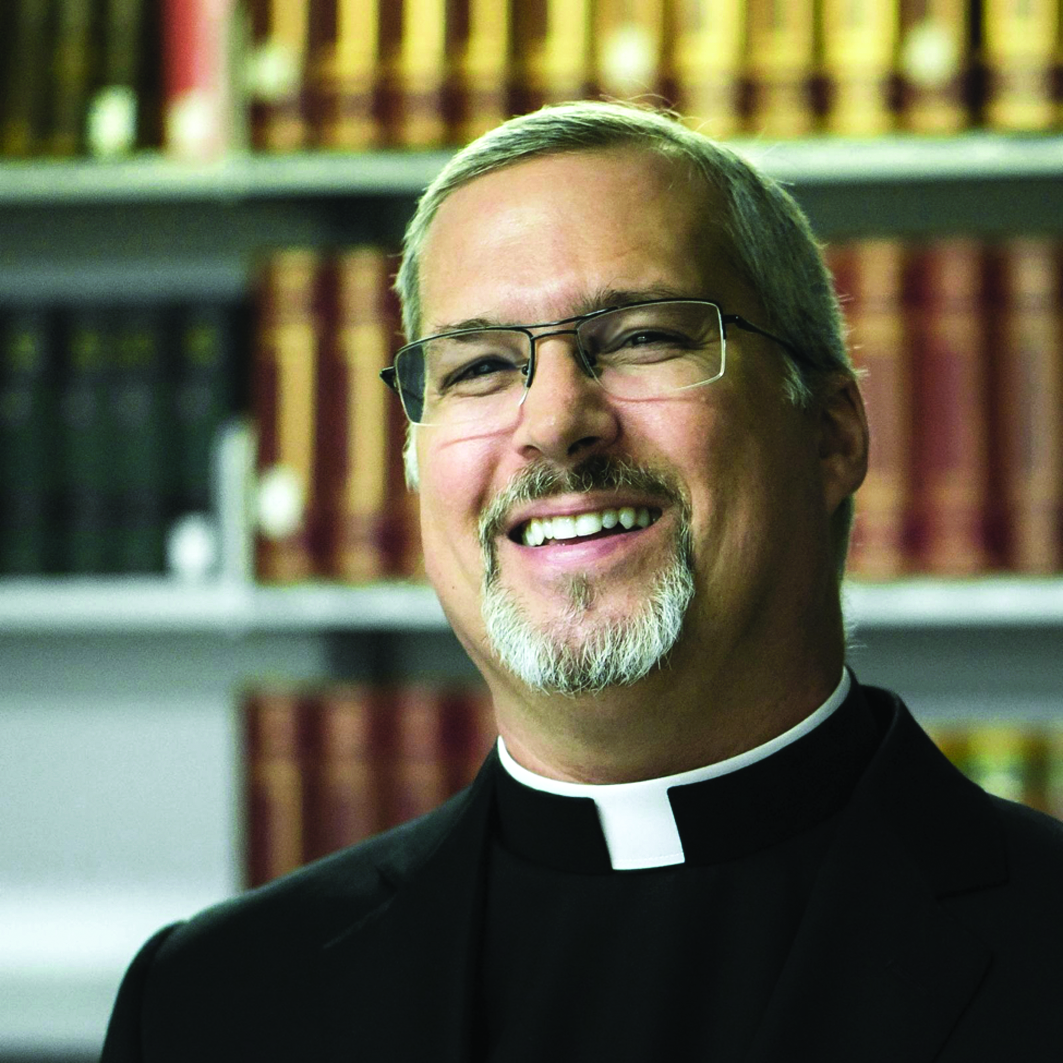On the eve of Benedict XVI’s visit to Arezzo, Sansepolcro and La Verna, Inside the Vatican met up with the archbishop of the Tuscan city, Archbishop Riccardo Fontana. The hopes and expectations raised by the Holy Father’s visit, the message which the Church and the people of Arezzo expected from him, and the Church’s cooperation with the town’s civil and political authorities: these were the issues discussed by Archbishop Fontana.
Your Excellency, what do you expect from Benedict XVI’s visit?
Monsignor Riccardo Fontana: My letter is entitled Peter is coming to visit Donatus. [Note: St. Donatus is the patron of the cathedral church of Arezzo.] The first part is a reflection on Peter; it refers to our will to be in perfect communion with the Roman Pontiff, a unity of the Church which gives meaning and relevance to all our service. It focuses on three points.
The first is the splendid magisterium of Benedict XVI, who has spent his life as a teacher and has perfected his teaching through the exemplary exercise of the papal magisterium.
The second point is the role of the bishop of Rome as a link between different churches and the wide range of the universal Church. Helping the town of Arezzo out of its four valleys into a universal vision and dimension is definitely a prerogative of the Pope’s.
The third point is sanctificatio mundi (sanctification of the world), i.e., the invitation to sainthood addressed to all of God’s people so that we can get down to work again in all walks of life.
The question which we ask ourselves is: “Will Peter find Donatus?” Donatus is a strong symbol of our identity, the church of Arezzo is Donatus. Needless to say, the Pope’s visit is a gift itself. Another distinctive feature of our area is the need to promote unity: we must unify seven areas into a single area. We are a very big diocese, the tenth biggest in Italy, because it extends from the walls of Siena to the gates of San Marino, hence the need to unite our diocese into one heart and soul. The bishop’s ministry must be strongly focused on unity though making the most of the peculiarities of each local reality. As St. Ambrose pointed out, a concert originates from each instrument being in harmony with the others. In my opinion, a church in agreement in its diversities is a very strong and rich church.
What message do the people expect from the Holy Father’s visit?
Fontana: The Pope is coming to teach us and we will listen to him. The Church-world relationship has a central role here in Arezzo. I think that the relationship between politics and Church commitment will be amongst the issues dealt with by the Pope.
Also, I think that the relation between culture and history will be a question of great relevance. But what culture? Certainly not a culture devoid of meaning.
We expect the Holy Father to promote a strong re-launch of consecrated life in his visit to La Verna. He will visit the sons and daughters of St. Francis and I hope that this meeting will give a great stimulus to religious vocations so that there will be considerable room for consecrated life alongside family vocation. It is from the monastery that we obtain grace after grace.
With its millenary history, Sansepolcro proposes a reflection on justice and peace. In the Early Middle Ages, Arcanus and Aegidius, two pilgrims on their way from Jerusalem, decided to found a small Jerusalem on the banks of the Tiber to stimulate a reflection on the relation between justice and peace. Our desire is to meet in agreement around Peter’s successor.
How is cooperation going with the local civil authorities?
Fontana: We are cooperating on a basis of respect for each other’s identities. It is a very close cooperation. We are all doing our best to receive the Pope.
The Holy Father’s visit will have to be an unostentatious event; we aim at the essential, considering that one quarter of our population is close to the poverty line. Yet our people are generous. A very welcome guest is coming and it is normal that he should be received properly.






Facebook Comments